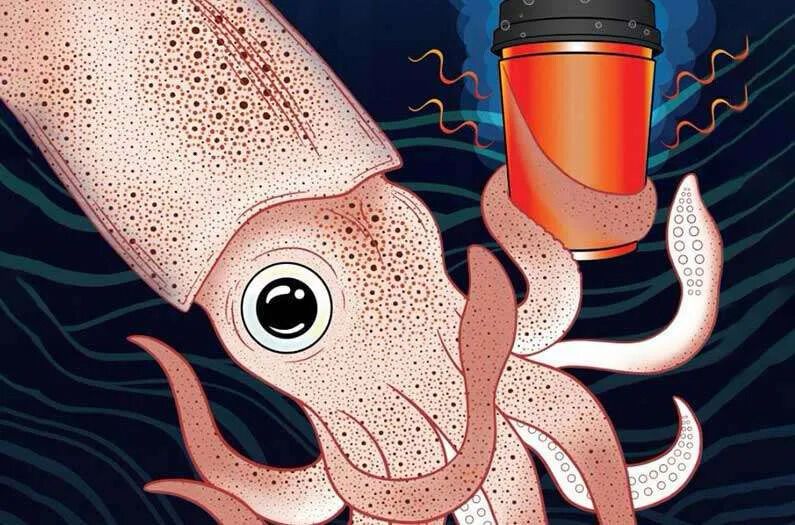
Researchers Use Squid Skin as Inspiration for Heat-Regulating Materials
Elena Rahman — April 5, 2022 — Eco
References: nature & anthropocenemagazine.org
Alon Gorodetsky, a chemical and biomolecular engineering professor at the University of California, researched how to make heat-regulating materials based on the study of squid skin with his colleagues. These materials are made specifically for good and beverage packaging.
The insulating material is ideal for coffee cups, takeout containers, grocery delivery bags, and shipping boxes. It is an advanced take on metalized plastic films that often line packaging materials. However, unlike its counterpart, the new material offers a way to control how hot or cold to keep its encased items by using minimal energy. To achieve this, it reflects more or less heat depending on how much it is stretched. Moreover, according to researchers, the material is cheap, recyclable, and sustainable.
Image Credit: Anthropocene Magazine
The insulating material is ideal for coffee cups, takeout containers, grocery delivery bags, and shipping boxes. It is an advanced take on metalized plastic films that often line packaging materials. However, unlike its counterpart, the new material offers a way to control how hot or cold to keep its encased items by using minimal energy. To achieve this, it reflects more or less heat depending on how much it is stretched. Moreover, according to researchers, the material is cheap, recyclable, and sustainable.
Image Credit: Anthropocene Magazine
Trend Themes
1. Squid-inspired Packaging - Using squid skin and its unique heat-regulating capabilities to inspire advancements in packaging material presents an opportunity for disruptive innovation in the sustainable packaging industry.
2. Advanced Insulating Materials - Developing materials with the ability to reflect more or less heat depending on their stretch presents opportunities for advanced insulating materials, opening the potential for applications in industries such as construction and transportation.
3. Minimal Energy Usage Packaging - Creating packaging materials that can regulate temperature while using minimal energy presents an opportunity for companies to reduce their carbon footprint and offer more sustainable products to eco-conscious consumers.
Industry Implications
1. Food and Beverage Packaging - The use of innovative, sustainable packaging materials offers significant disruption opportunities for companies operating in the food and beverage industry seeking to reduce costs and waste while improving their environmental footprint.
2. Retail and Shipping - Companies specializing in e-commerce, shipping and retail industries can benefit from utilizing sustainable packaging materials as a way to stand out amongst competition, while also reducing shipping costs and minimizing their carbon footprint.
3. Construction - The development of advanced insulating materials based on squid skin reflectivity capabilities has potential for application in the construction industry to create energy-efficient buildings and reduce heating and cooling costs.
3.8
Score
Popularity
Activity
Freshness























